I do understand bit about fragment lifecycle, but I am finding me unable to visualize well the flow chart(or control diagram). When we move from one fragment to other. eg
TheFragment tf6 = new TheFragment(); // TheFragment class extends Fragmet
adapter.addFragment(tf6 , naam[q--]);
tf6.setArguments(args);
TheFragment tf5 = new TheFragment(); another fragment
adapter.addFragment(tf5 , naam[q--]);
tf5.setArguments(args);
`viewPager.setAdapter(adapter);`
Can anyone explain me just a flow of control or diagram in which we move from one fragment to other, so which method of which fragment called in a sequence.(Like OnPouse() of frag1 to onResume() of frag2 (for example)) Thanks in advance for your explanation.
